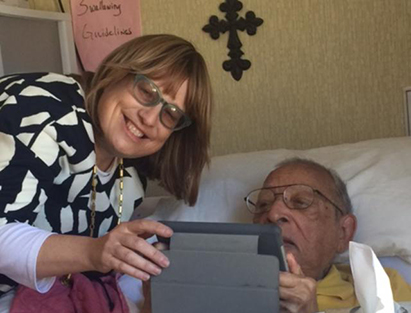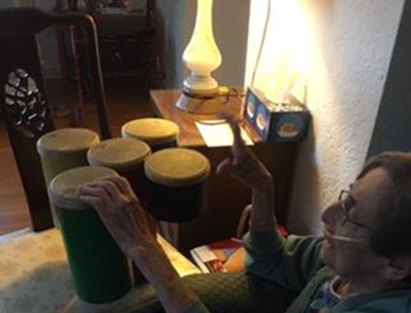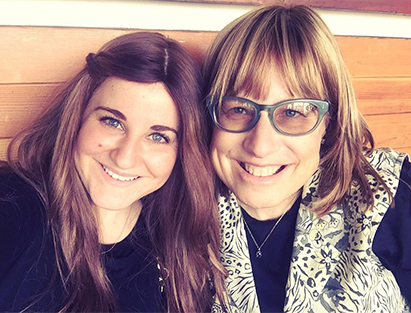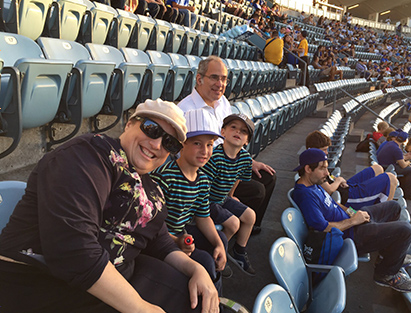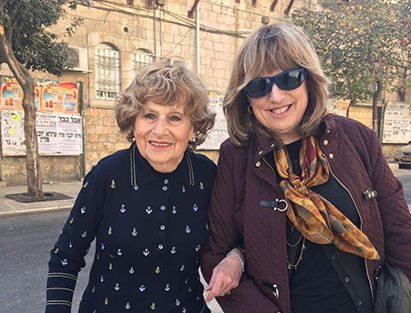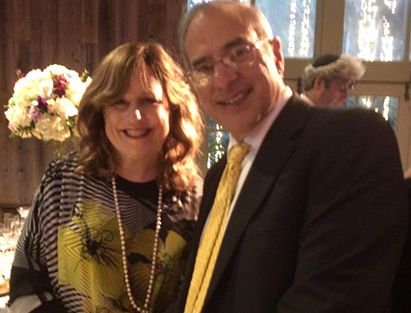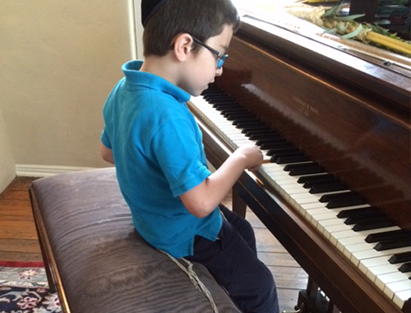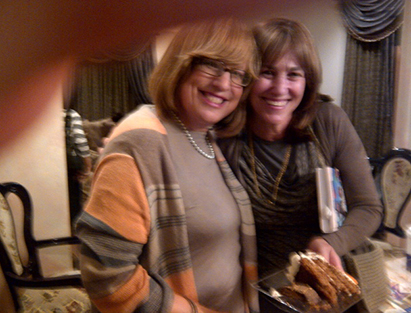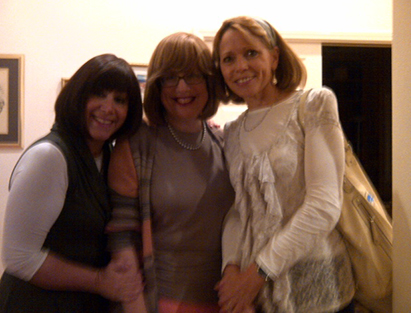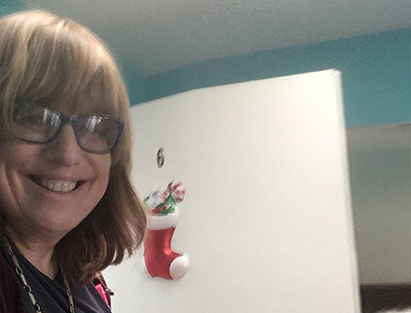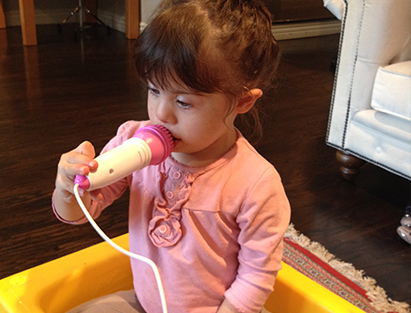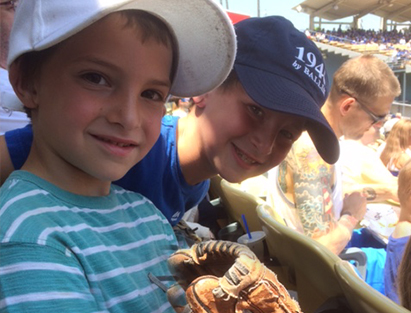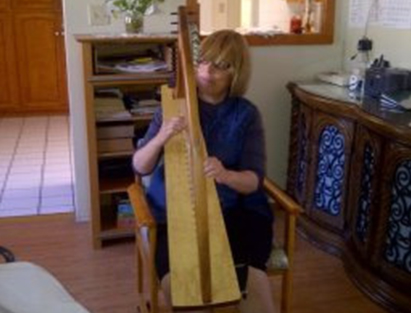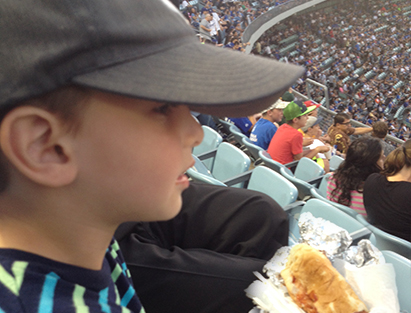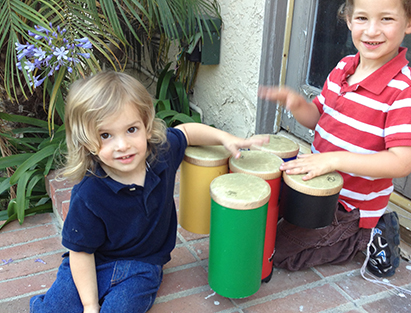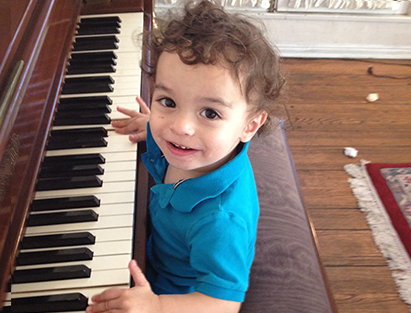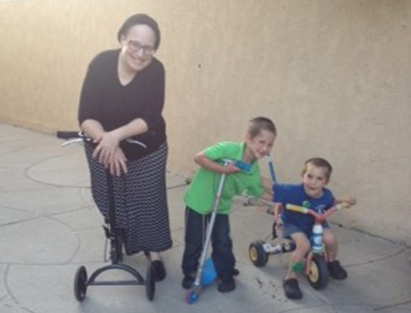Memories of an Earthquake

I’ve been thinking about past dramatic events in my life, especially during COVID. One year post the beginning of COVID, we are still experiencing daily aftershocks and reverberations of the virus. Families are mourning, jobs are lost, and stress is rampant. More than ever, I try to use reminiscence of the past in order draw strength for current struggles. Meaning, I tell myself that if I coped with that trauma, I can and will deal now. And that kind of self-talk helps me move forward with whatever I’m going through.
This past Monday was Martin Luther King Jr’s birthday, a holiday that falls on the third Monday in January. That day was also the anniversary of the Northridge earthquake. The third Monday of January conjures in my mind specific memories of the day twenty seven years ago, when Southern California was rattled by a devastating earthquake. The events of that day here in California, overpowered the message of MLK’s birthday through the deadly act of nature. I remember shaking homes, collapsed buildings, falling furniture, smashed dishes, and lots of damage and death. The events of that day remain sketched vividly in my mind, and so do the lessons of hope and the human spirit. Lessons of friends and neighbors looking out for each other, and sharing the burden.
January 17, 1994. We all generally have an illusion that the earth beneath us will remain stable. No matter what’s going on in our lives, we expect the earth to stay calm. Even though we know there are fault lines in California, we figure the tremors will be mild with minimal shaking and damage. But the Northridge earthquake (named as such because it was epicentered 20 miles northwest of LA in the city of Northridge), was severe, even by California standards.
At approximately 4:37 am on that Monday morning, my family and the rest of our city were rudely awoken by a 6.8 Richter scale quake that rattled the Southland.
At the time I had a six week old infant and I was nursing him while laying in bed. Our four other kids were sleeping in their bedrooms. All of a sudden the entire room shook like nothing we had ever experienced. Once the shaking stopped we gathered our kids and we went outside to see how our neighbors were doing. Seeing that others were okay gave us strength, albeit tiled roofs were shattered. A relative of ours drove over to our home to help lift the collapsed furniture. Neighbors sent over their cleaning help to pitch in with the kitchen mess cleanup. And as the phone lines became inactive, people shared cell phones which were much less ubiquitous in those days. In those days post earthquake, I recall one neighbor helping the next.
Our oldest son’s bar mitzvah was to take place the following Shabbos, and more than a few East Coast relatives were afraid to come out west for fear of the aftershocks. And their fear was understandable; aftershocks were often as strong or stronger than the original tremor. Still, many did come and the simcha was special, with many of the speakers alluding humorously to the earthquake. Even then, in pre-meme and social media days, humor and laughter were the best medicine
For weeks, the earthquake was all we could talk about. Aside from becoming seismology experts in those days of aftershocks, we were also news junkies, ingesting every bit of news in the papers and radio. In our neighborhood, people didn’t have bodily harm, but closer to the epicenter, which was a bustling city, buildings and freeways collapsed and over sixty people died.
The physical aftershocks were bad enough, but the emotional and financial toll the quake had on our society was greater than ever. Every shake we felt triggered a fear that it was the “Big One” as the ultimate worst ever predicted earthquake was named in anticipation of its appearance.
The coronavirus that we’ve experienced the past year is way worse than the earthquake both in the number of people who died, and in the vast stretch of the virus all over the world as opposed to one isolated area in the United States. Still, when it comes to trauma, we’d do well to avoid comparative thinking and focus on the pain in the current event.
At the time of the earthquake and the following weeks and months, people rallied together to help each other out. Those who lived in Northridge and had their homes destroyed were hosted in other cities. Money was raised to bolster existing buildings so that the next earthquake does less damage. Emotional assistance, psychotherapy, education and earthquake preparedness were implemented all over.
Life gives us shakes and bumps. It’s up to us to learn from the past, in order to help us today. The earthquake taught us a few things about being prepared emotionally and behaviorally for the possible “Big One.” Today, twenty seven years later, few people have furniture that is not bolted to the walls. Everyone has their house retrofitted to the foundation. And people know that we can’t live in an island.
Today and tomorrow, let’s learn from the past to help us cope. We turned around our lives from the devastation back in 1994,and rebuilt our city. Using temporary trailers for months was the new normal, before the buildings were rebuilt bigger and better. Although the virus is still reverberating, I pray that we can move forward and slowly but surely rebuild our lives stronger and better.
Photo Credit: Unsplash.com

